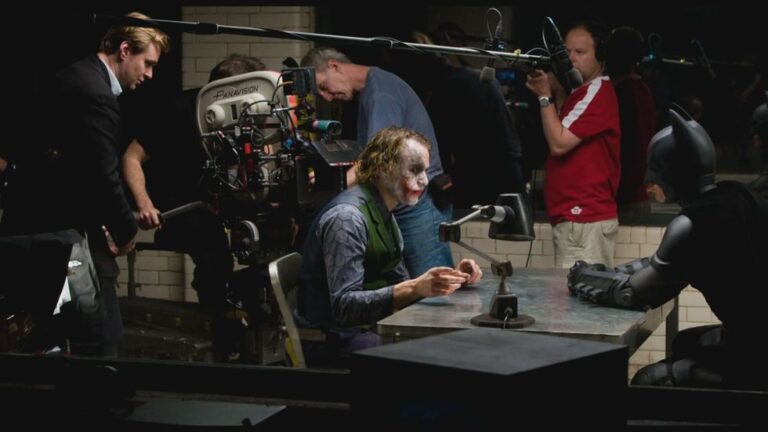Movies have a magical ability to capture our imaginations and take us on journeys to far-off worlds. But what often goes unnoticed is the inspiration behind these works of art. The concept of “Beyond the Screen” delves into the hidden sources that influence filmmakers and shape the films we know and love.
By uncovering the inspirations behind popular films, we can gain a deeper appreciation for both the art and the artists behind it, and what happens beyond the screen. Join us as we uncover the hidden influences and sources of inspiration behind some of the most beloved movies of all time. From classic hits like The Wizard of Oz to contemporary masterpieces like Get Out, exploring the inspirations behind these films.
Table of Contents
The Inspiration Behind Classic Films
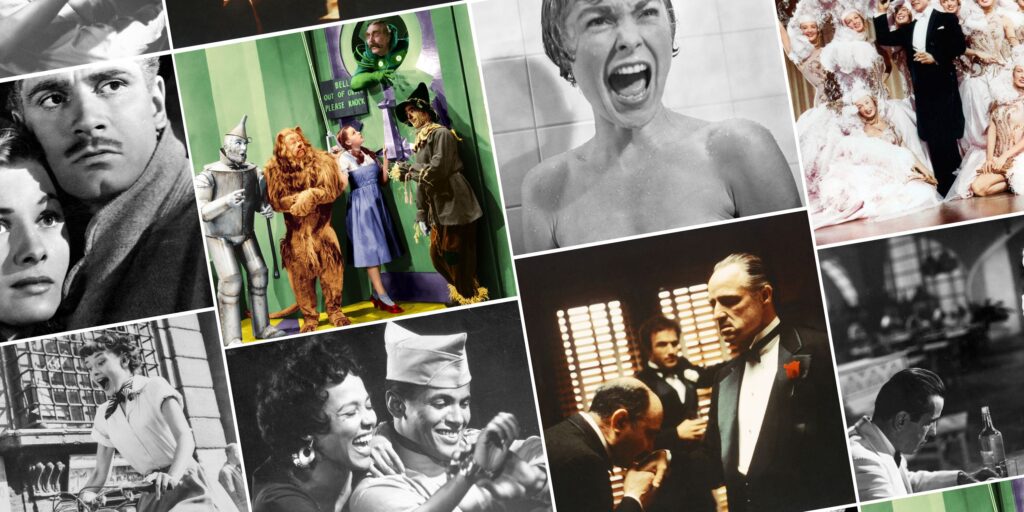
Go behind the screen and discover the rich history and cultural influences that inspired some of the greatest films in history. With our series on “The Inspiration Behind Classic Films,” you’ll gain insight into the political climate, personal experiences, and hidden stories that brought timeless classics to life on the screen.
The Wizard of Oz (1939)
The Wizard of Oz” is a classic film that was adapted from the 1900 novel of the same name written by L. Frank Baum. Baum was an American author and playwright, who was best known for his children’s books. The novel tells the story of a young girl named Dorothy who is swept away to a magical world filled with witches, talking animals, and a wizard who can grant her wish to return home.
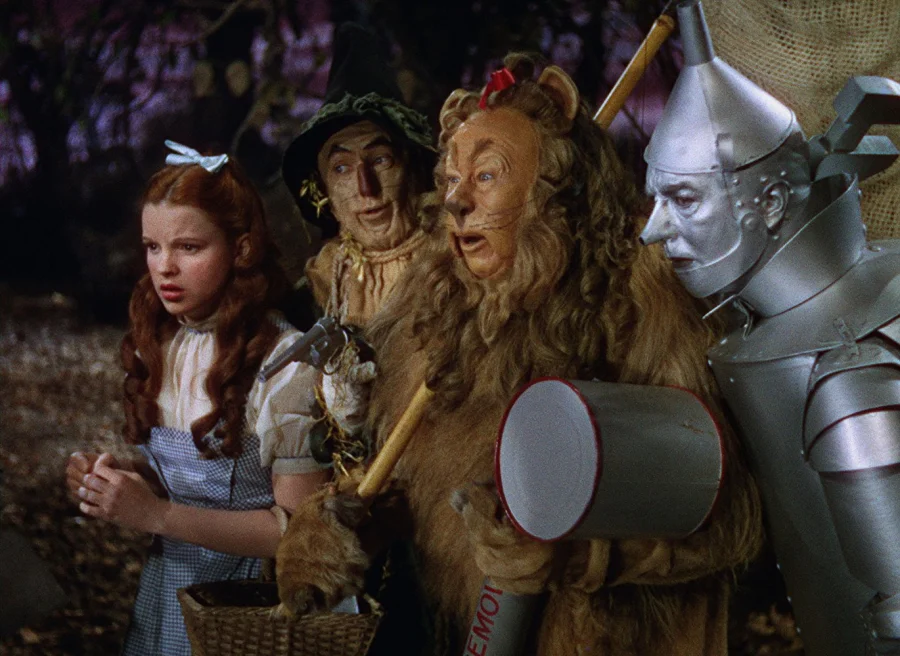
The 1939 film adaptation, directed by Victor Fleming, drew from Baum’s novel, as well as from other sources such as the 1902 stage musical. The film expanded on the characters and world of the novel, adding iconic musical numbers and memorable quotes. Despite some deviations from the original source material, the film remains true to the heart of Baum’s story and continues to captivate audiences nearly a century later.
Citizen Kane (1941)
Citizen Kane (1941) is a timeless classic that continues to captivate audiences with its innovative storytelling and expert use of cinematic techniques. The film was inspired by the life of newspaper magnate William Randolph Hearst, who served as the inspiration for the central character, Charles Foster Kane.
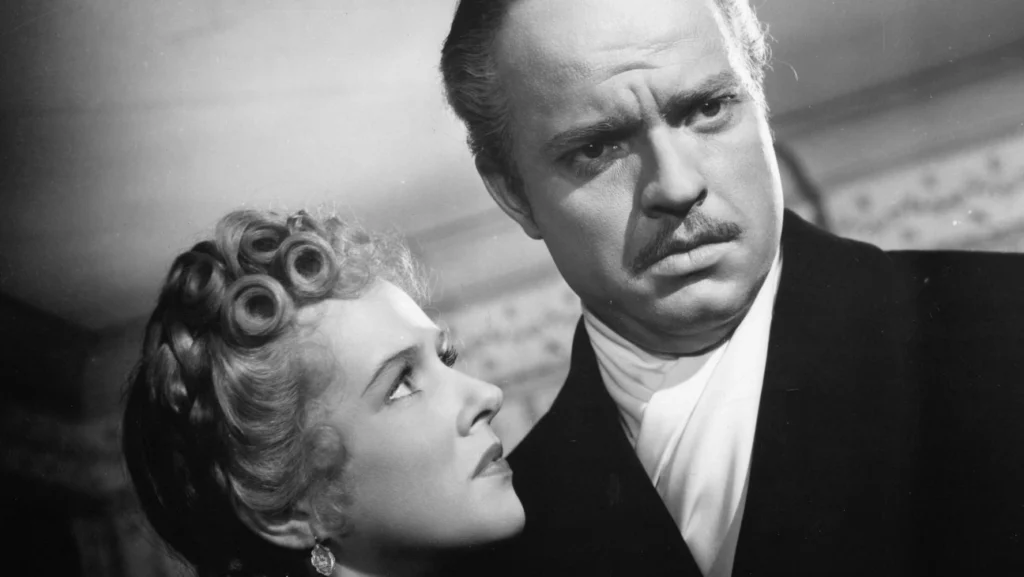
Director and co-writer Orson Welles utilized non-linear storytelling, deep focus cinematography, and creative camera angles to bring Citizen Kane to life on the screen. These techniques, combined with Welles’s vision, created a film that remains a masterpiece of American cinema and a testament to his mastery of film-making.
Casablanca (1942)
Casablanca (1942) is a classic film that remains beloved for its timeless themes and memorable characters. The film’s production and themes were deeply impacted by the events of World War II, as it was made during a time of global conflict and uncertainty.
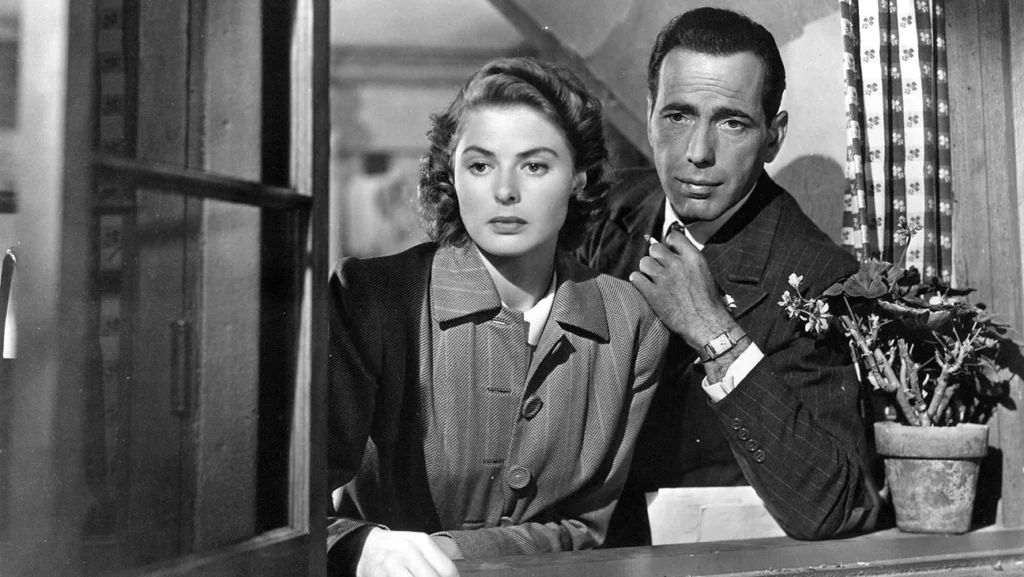
The film reflects the cultural and political climate of the time, capturing the mood of the era and addressing important social and political issues. The themes of love, sacrifice, and patriotism are woven throughout the film, making it both a compelling story and a snapshot of a historical moment. The film’s lasting popularity is a testament to its ability to touch audiences and resonate with viewers even after all these years.
Contemporary Films and Their Inspirations
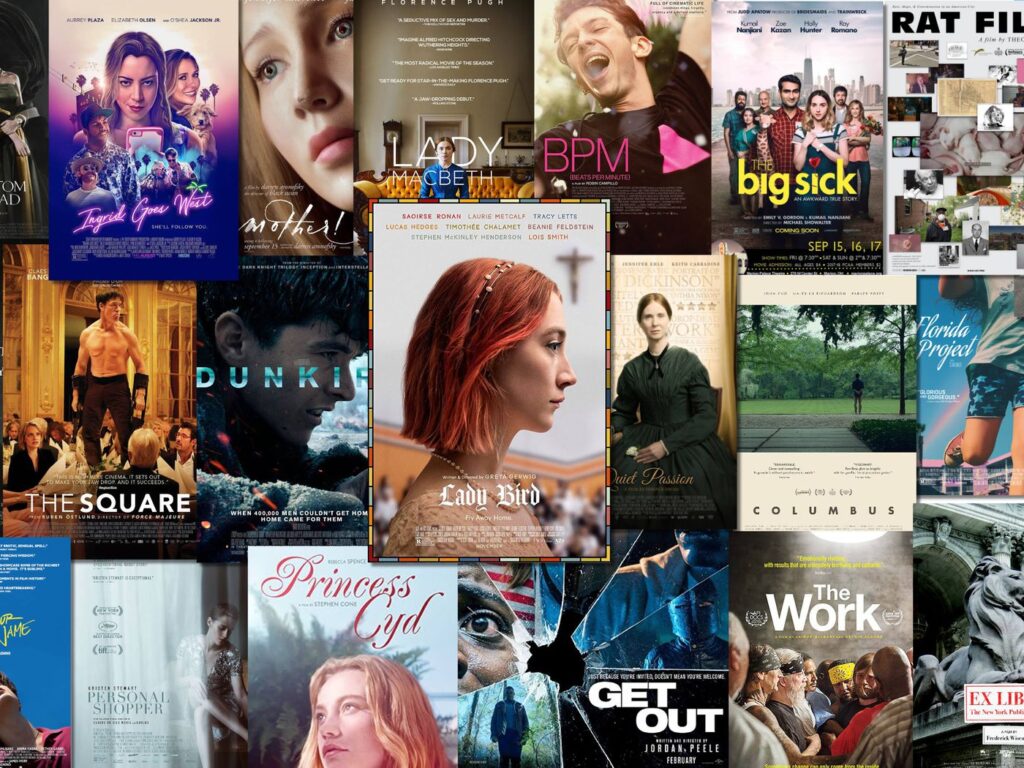
Explore the creative processes behind some of the most groundbreaking contemporary films. Delve into the themes of social justice, innovative styles, and contemporary events that drive today’s most exciting films. From hit films like Get Out to indie gems, we’ll examine the impact of contemporary culture and events on the art of filmmaking.
The Dark Knight (2008)
“The Dark Knight” (2008) is a superhero film that draws inspiration from the Batman mythology and comic book history. Directed by Christopher Nolan, the film explores complex themes of justice, power, and corruption through its central characters.
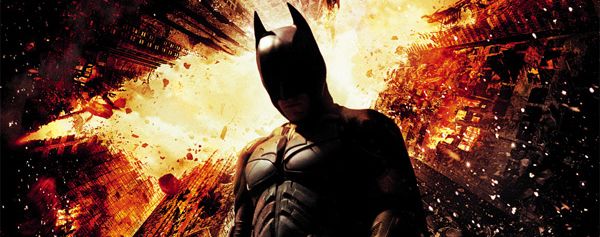
With a focus on realism, Nolan uses real-world events to bring authenticity to the story, elevating the film beyond just a comic book adaptation and into the realm of crime thrillers. This unique combination of comic book roots and Nolan’s signature style make “The Dark Knight” a true triumph in contemporary filmmaking.
Inception (2010)
“Inception” (2010), directed by Christopher Nolan, is a mind-bending science fiction film that pushes the limits of reality and the subconscious mind. This captivating movie takes viewers on a journey through multiple levels of dreaming, blurring the lines between what is real and imagined.
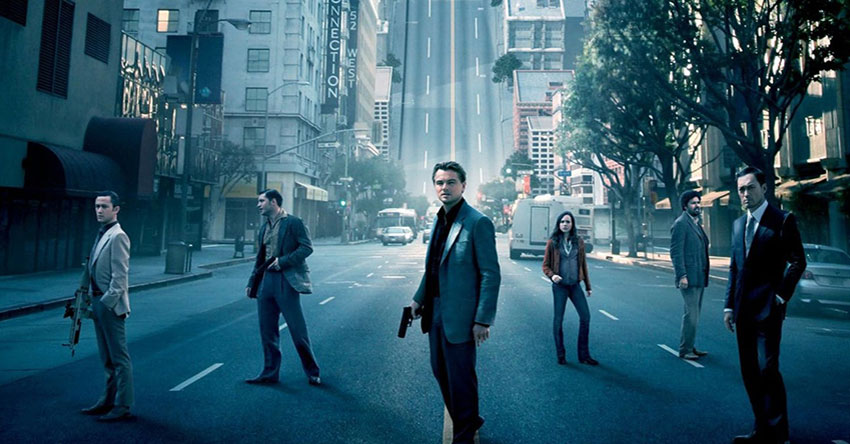
Nolan’s exceptional use of various storytelling techniques, including non-linear narratives and visually stunning symbolism, keeps audiences engaged and on the edge of their seats. As a result, “Inception” has become a highly sought-after film in the sci-fi genre and a testament to Nolan’s mastery of filmmaking. This thought-provoking movie explores the power of the imagination and the boundaries of human perception, making it a must-see for any fan of science fiction or visually stunning films.
Get Out (2017)
“Get Out” (2017), directed by Jordan Peele, is a horror film that masterfully tackles social and political issues through the lens of the horror genre. Peele’s clever use of suspense, dark humor, and allegory makes “Get Out” a standout film in the horror genre.
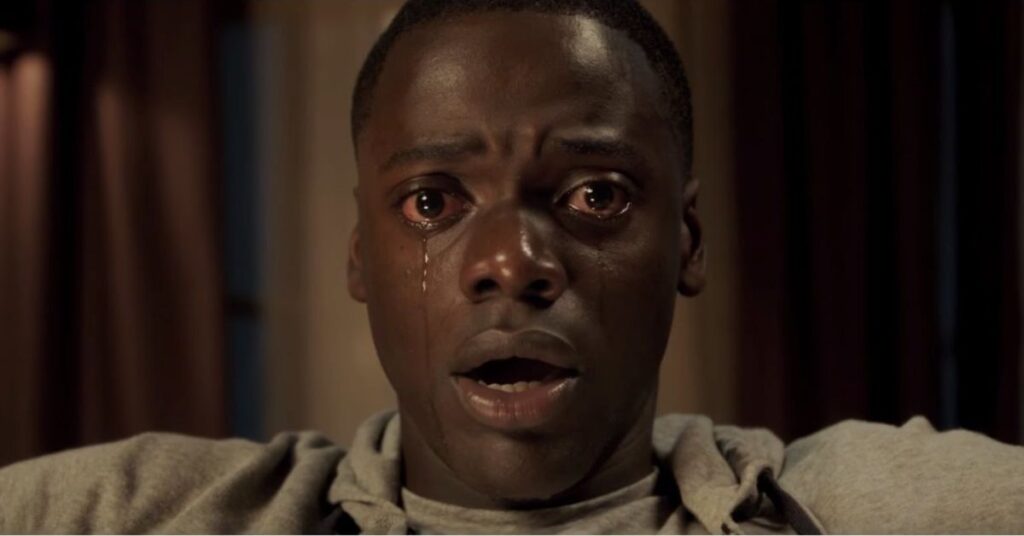
The film draws inspiration from classic horror films, such as “Night of the Living Dead” (1968), and incorporates elements of African American culture, including the concept of black bodies as a commodity. “Get Out” is a thought-provoking commentary on race relations, the dangers of systemic racism, and the complexities of identity. The film’s ability to seamlessly blend social commentary with edge-of-your-seat thrills has made it a cultural touchstone and a must-see for fans of horror and socially conscious films.
Conclusion
In conclusion, understanding the inspiration behind the screen of our favorite films is crucial for gaining a deeper appreciation of the art and the filmmakers behind it. Recapping the importance of uncovering the inspirations behind films, we can see how they play a role in shaping our understanding of the world and ourselves.

So as we wrap up our journey “Beyond the Screen,” we encourage film lovers everywhere to keep exploring the rich history and cultural influences that bring these timeless classics to life.
We hope this post was helpful.
Please do let us know if you liked it and where we could improve.
Also Read: Top 10 Disney movies according to IMDb
Thank You!
